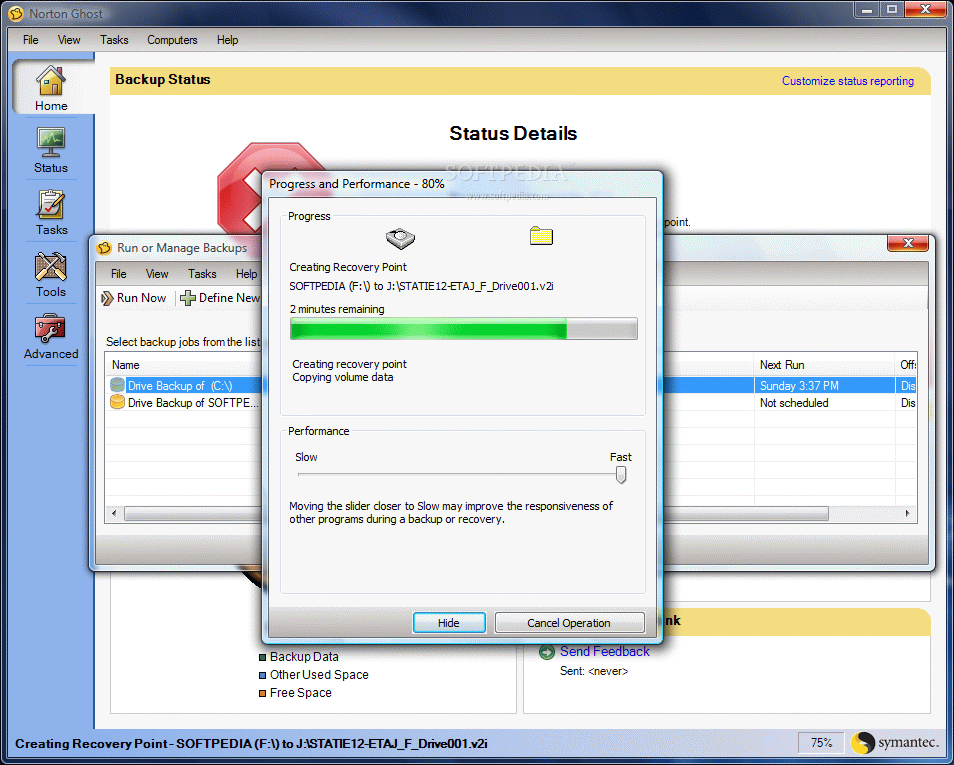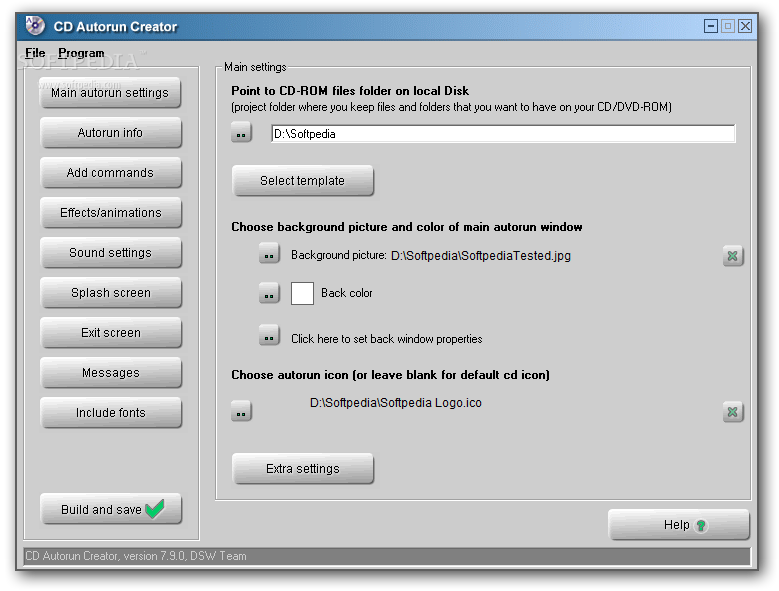

- #AUTORUN FILES ON USB FOR MAC DOWNLOAD SOFTWARE#
- #AUTORUN FILES ON USB FOR MAC DOWNLOAD PASSWORD#
- #AUTORUN FILES ON USB FOR MAC DOWNLOAD WINDOWS 7#
- #AUTORUN FILES ON USB FOR MAC DOWNLOAD WINDOWS#
#AUTORUN FILES ON USB FOR MAC DOWNLOAD WINDOWS#
Also works on Windows 2000 (although autorun on Win2000 for removable drives is not enabled in default configuration). Tested on different computers, running Windows XP without a SP, also on Windows XP sp 1, sp2, sp3, and on various Vistas (not sure which types, but should work all the way from Vista Home Basic to Vista Enterprise Super-Mega-Premium-Extended Edition) and "Windows 7".

PStart) immediately, it is possible to insert flash disk with this configuration and start application by clicking OK. So, although I'm not aware of any way to start the application (e.g. If you want to launch it, just click the "OK" button in the dialog. On most modern computers (Windows XP SP2+, Vista), dialog "what do you want to do" will be displayed (for security reasons), but what you have in autorun.inf will display as the selected default, with Icon= as icon and Action= as description. On older computers, the program specified in Open= will launch automatically. What it does: when you insert this disk, starts PStart.exe Put a file named autorun.inf in the root of your USB flash drive.
#AUTORUN FILES ON USB FOR MAC DOWNLOAD WINDOWS 7#
Edit: Apparently the functionality was removed from Windows 7 onwards.
#AUTORUN FILES ON USB FOR MAC DOWNLOAD SOFTWARE#
Con.First of all, some people choose to disable autorun for security reasons but Windows computers up to Vista have it enabled. Download Usb Autorun Function Mac Software Advertisement Leawo iTransfer for Mac v.1.10.

#AUTORUN FILES ON USB FOR MAC DOWNLOAD PASSWORD#
Your Mac will ask for your password and after that it will write the image to your USB drive. Make sure “ Erase destination” is checked and click the “ Restore” button. You’ll also notice that the “ Restore” button in the lower right corner now becomes active (clickable). The name of the partition (see “ 2” below) should appear. Now drag the partition of the flash drive onto the input field of the “ Destination” until a green “ +” appears. You’ll see something similar to the image below just under point “ 1“. Next select the “ Restore” section and click the “ Image…” button next to the “ Source” input field.Ī window will open in which you have to select the previously copied or moved “ InstallESD.dmg“, and then click “ Open“. Open Disk Utility (you can find in the “ Utilities” folder of your “ Applications” folder, or you can use Spotlight to find it).įirst we must find our USB drive on the left side of the Disk Utility window – make very sure that you’re picking the right device, since the drive will be completely erased! In my example I’m using a 64Gb Kanguru eFlash (very fast USB pen drives and great customer service!).įirst select the correct drive and partition. As you can see in the image below I selected a partition of the 64.39 Gb drive. CAUTIONThe drive will be completely wiped in this process!


 0 kommentar(er)
0 kommentar(er)
